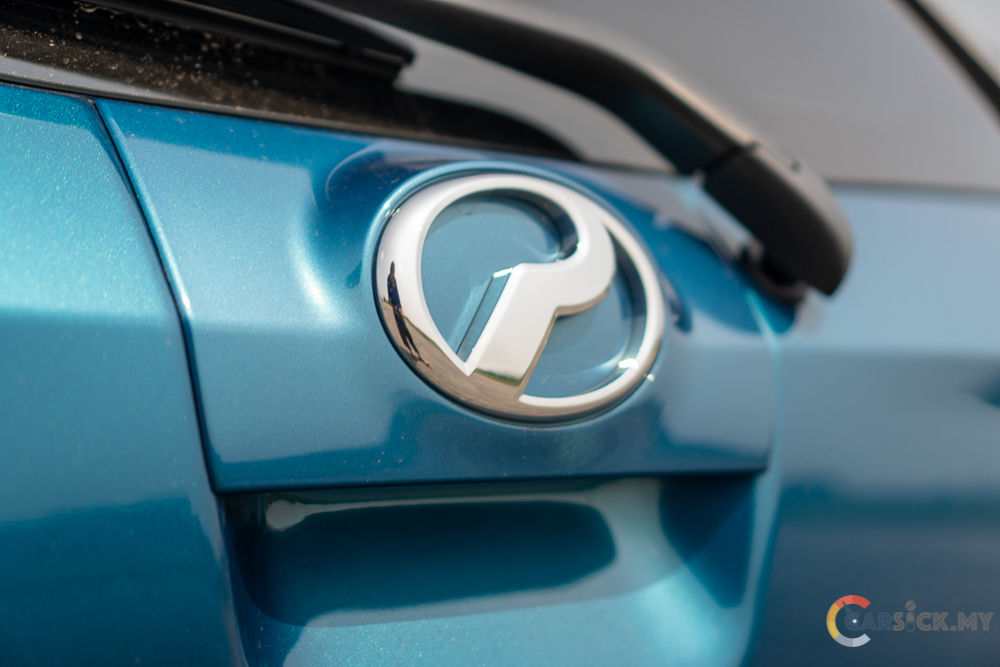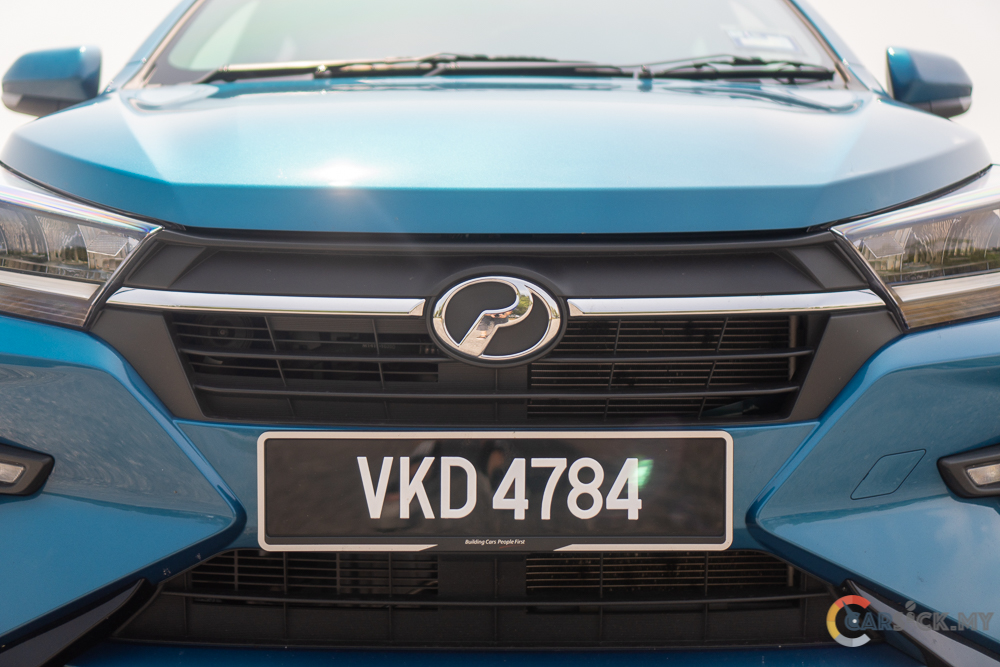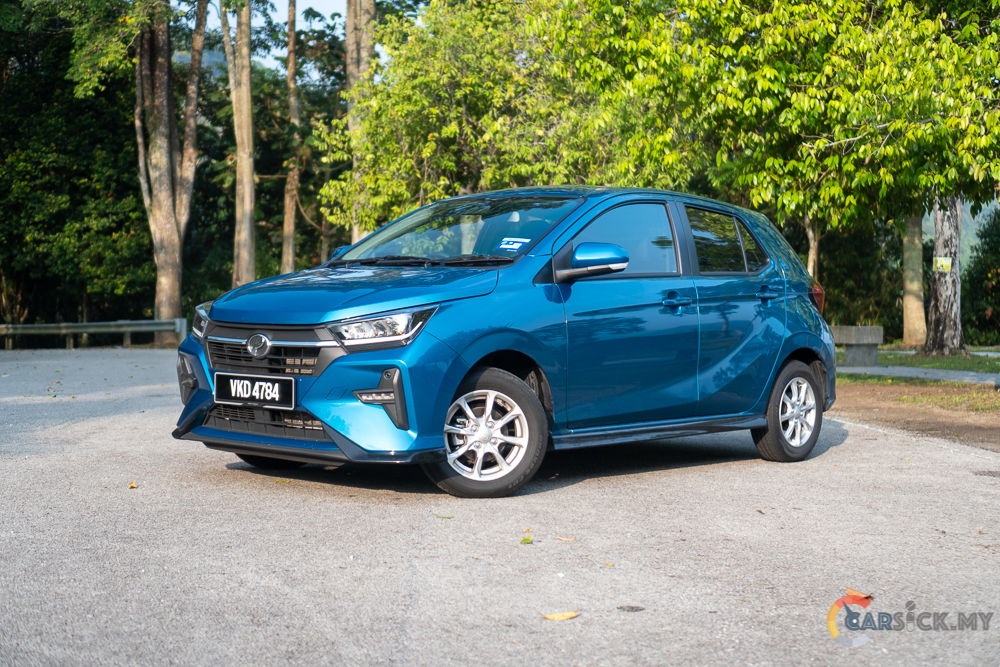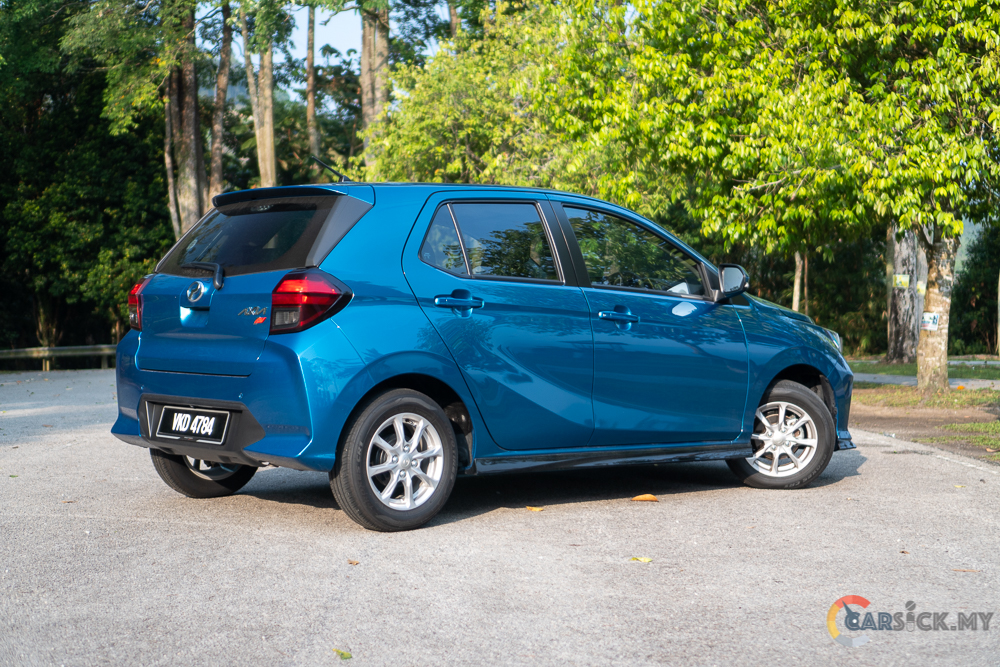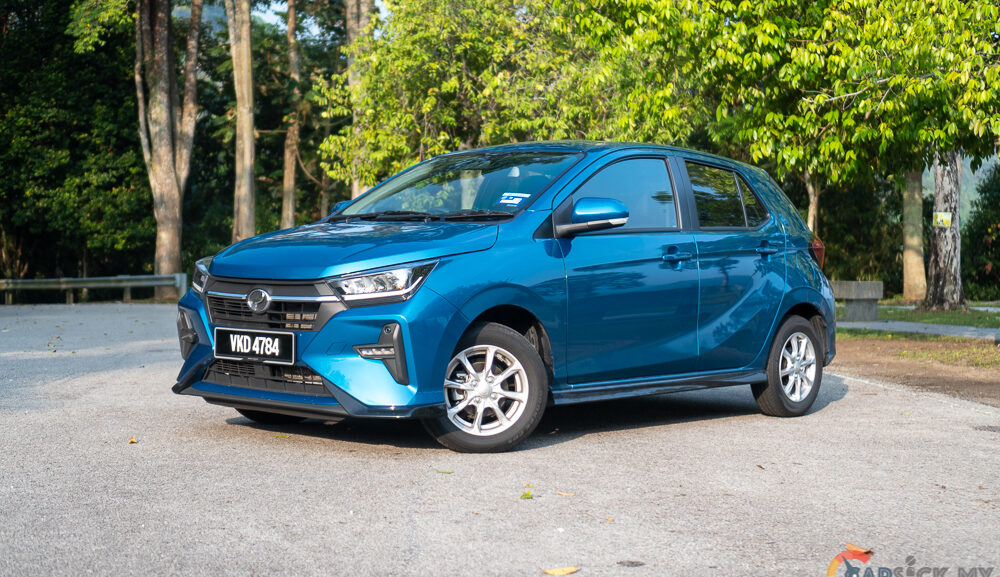Perodua has long been associated with affordable and budget-friendly vehicles. Known for their reliability and practicality, Perodua cars have always served as reliable transportation from point A to point B. However, with the introduction of the Daihatsu New Global Architecture (DNGA), Perodua vehicles are expected to take a significant leap forward. In this article, we will explore the latest Perodua Axia, built on the DNGA platform, and examine whether this new architecture has made the Axia even better.

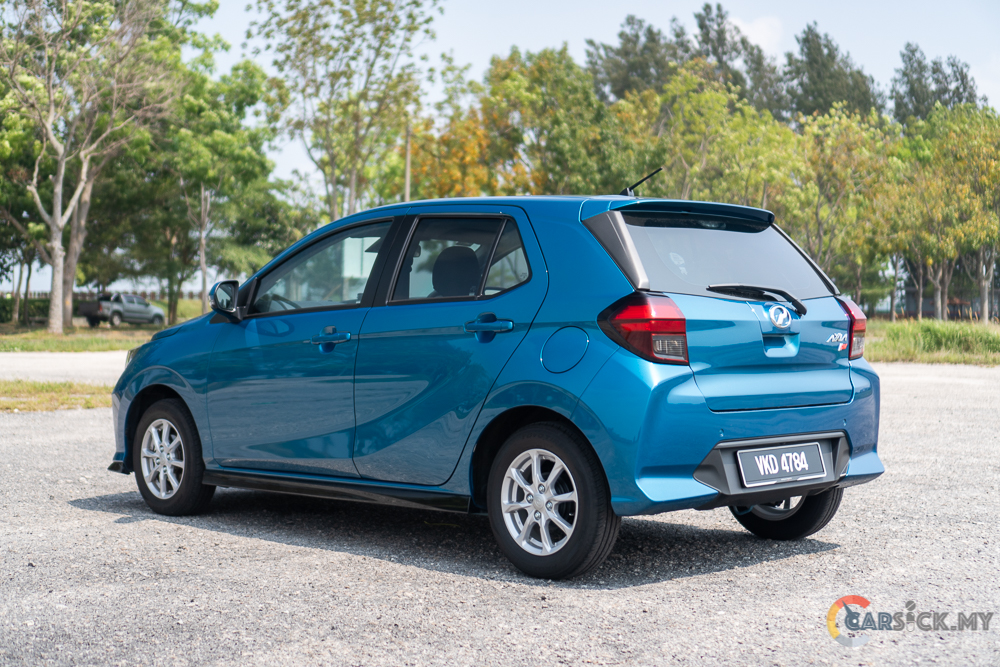 The new generation of the Perodua Axia showcases a fresh design language, departing from the tall body structure of its predecessor. It now takes the form of a sleeker hatchback, reminiscent of the new Myvi. The new Axia boasts a longer wheelbase, nearly matching the length of the Myvi. However, to maintain its distinct segment, Perodua did not widen the Axia to the same extent as the Myvi.
The new generation of the Perodua Axia showcases a fresh design language, departing from the tall body structure of its predecessor. It now takes the form of a sleeker hatchback, reminiscent of the new Myvi. The new Axia boasts a longer wheelbase, nearly matching the length of the Myvi. However, to maintain its distinct segment, Perodua did not widen the Axia to the same extent as the Myvi. 

To exude a modern aesthetic, Perodua has equipped the Axia with full LED headlights. The AV variant goes a step further with additional daytime running lights integrated into the front bumper. For a sportier appearance, the front lip and side skirts are finished in gloss black, providing a striking contrast to the hatchback’s overall design. 
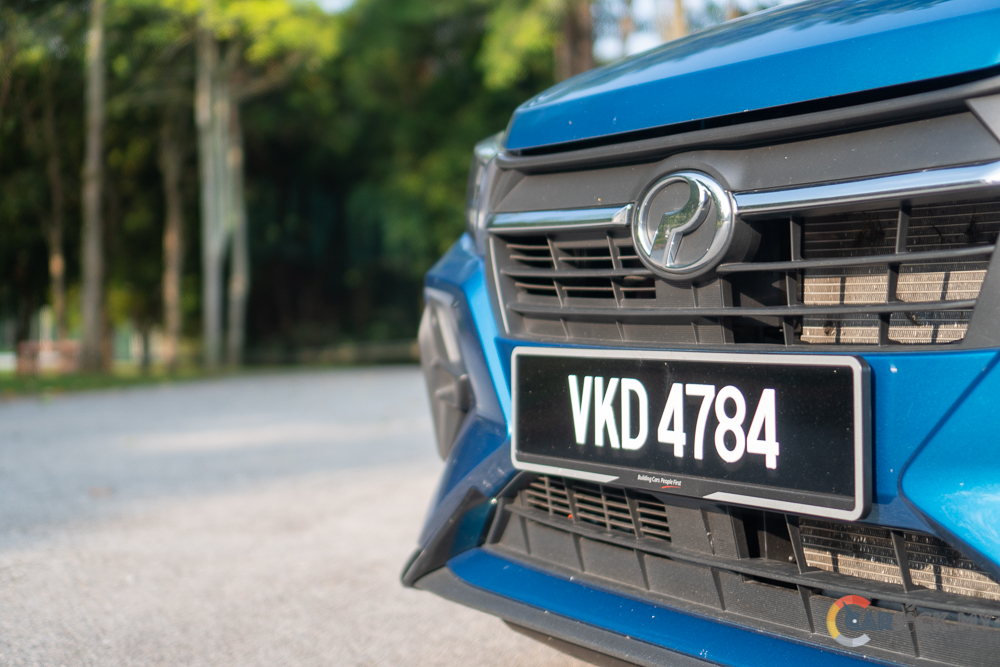
Moving to the rear, the Axia’s profile adopts a more conventional look. The back of the vehicle bears resemblance to the Volkswagen Polo hatchback. The AV variant features a roof-mounted spoiler, further enhancing its sporty appeal. However, the 14-inch rims used across all Axia variants may appear uninspiring. While Perodua aimed to keep costs down by simplifying the design, upgrading to 15-inch rims would undoubtedly lend the Axia a more dynamic and sporty look. 
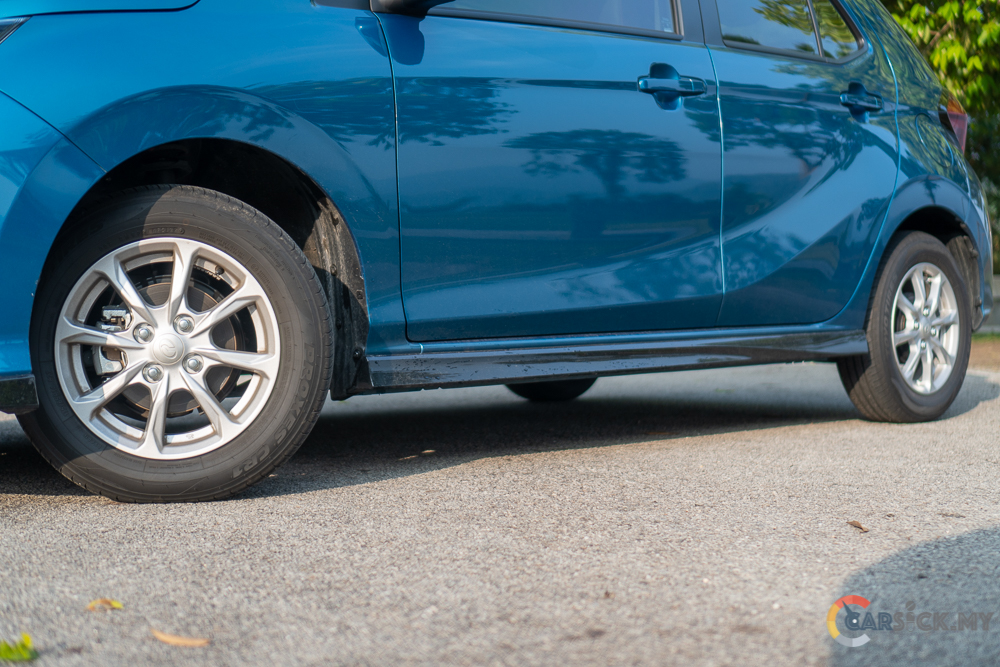
The interior of the Axia has been updated to align with Perodua’s modern design language. It shares many components with its larger siblings, the Ativa and Alza, which enhances the overall usability of the cabin. Thanks to the new platform, the Axia’s noise, vibration, and harshness (NVH) levels have significantly improved, particularly at lower speeds. Further details on the driving experience will be discussed later in the article.
Among the shared components between the Axia and its larger counterparts are the instrument cluster and infotainment screen. The digital instrument cluster measures 7 inches, resembling the one found in the Ativa and Alza. The Axia’s infotainment system aligns more closely with the Ativa’s features rather than the Alza’s, as it lacks Android Auto and Apple CarPlay compatibility. 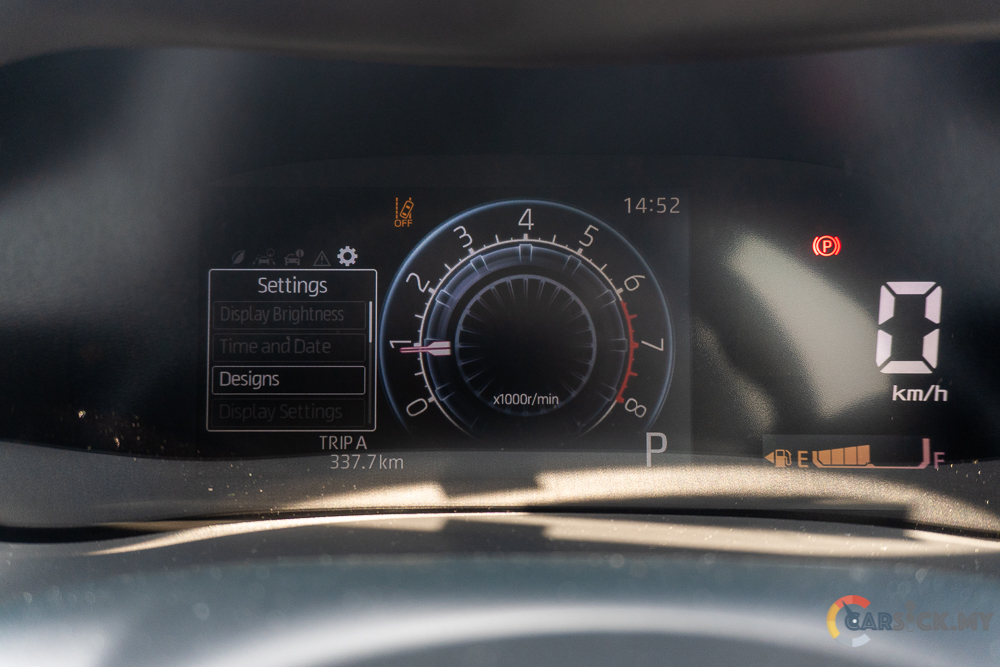
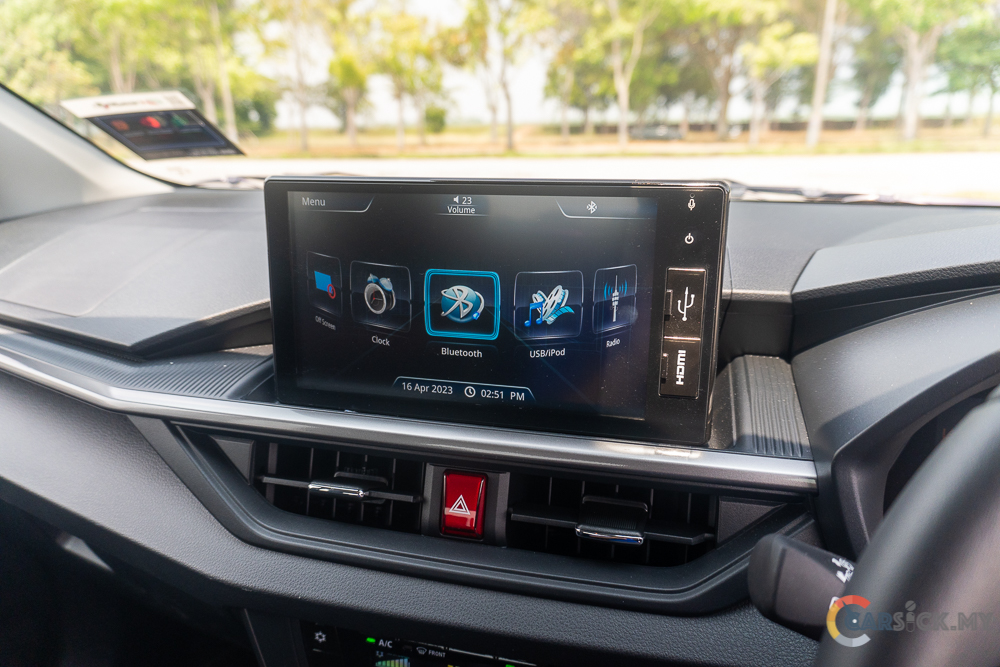
The most notable improvement in the Axia is its seating position. It now provides a more immersive experience, giving occupants a feeling of sitting inside the car rather than just in it. The repositioned gear lever instantly enhances cabin ergonomics. In fact, I would even be interested in driving a manual version of this vehicle with the gear lever positioned at this height. However, there is room for improvement, as the seats could be positioned lower, and the steering wheel lacks reach adjustment to further optimize the driving position. Nevertheless, Perodua has made commendable progress in terms of seating comfort.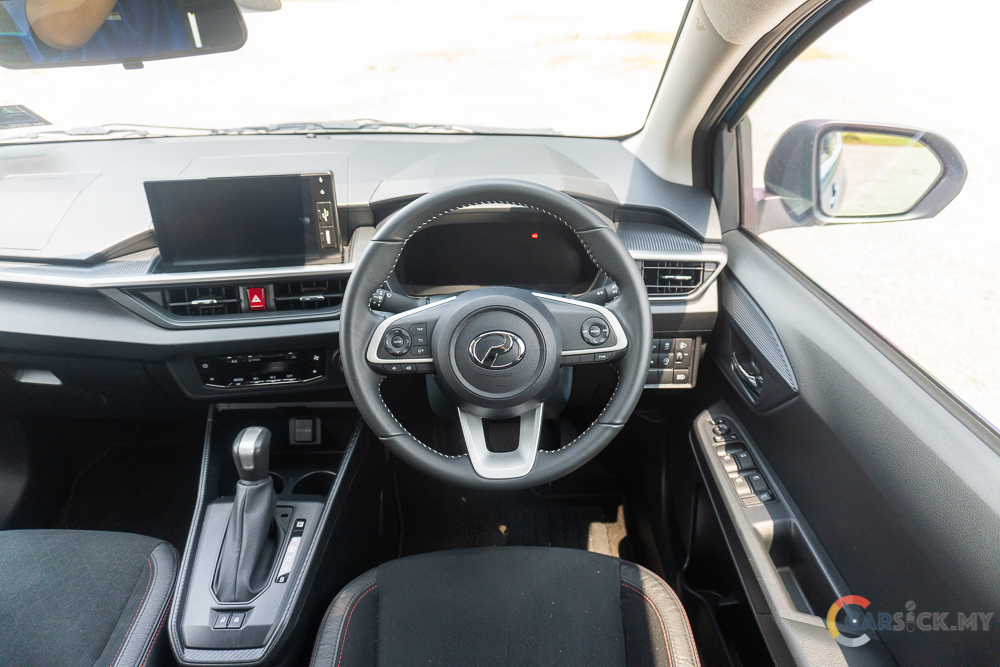
Regarding the rear seats, the Axia offers what one would expect from a small car. There is a decent amount of headroom and legroom, though tall individuals may find the comfort level somewhat lacking. The seating position in the back is relatively upright, and the rear seat bench lacks thigh support. Ideally, two adults would find the back seat more suitable, as accommodating three adults would be quite tight. With the new chassis, Perodua has managed to increase the boot space by an additional 5 liters, resulting in a total capacity of 265 liters. The seat back can be folded down to expand the boot space, adding to the vehicle’s functionality. 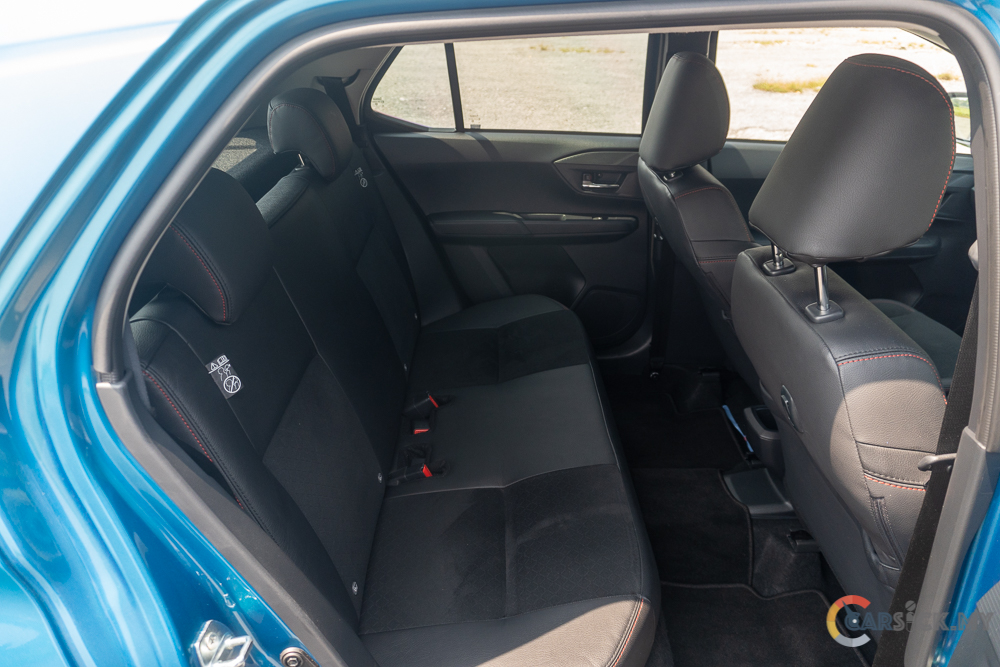

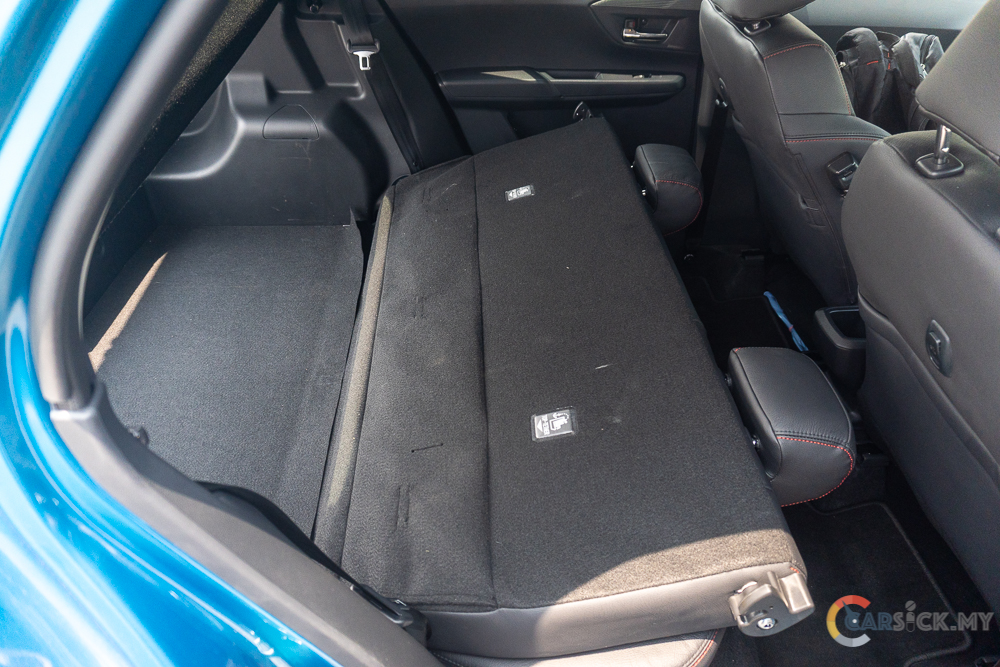
Even though the Axia undergoes a chassis upgrade, its engine remains unchanged with the reliable 1.0L 3-cylinder naturally aspirated engine. However, the notable addition is the introduction of a brand new transmission called the Dual mode Continuous Variable Transmission (D-CVT). With this new transmission, the Axia showcases improved performance characteristics. The powertrain delivers a total output of 50kW at 6,000rpm and a total torque of 91Nm at 4,400rpm. 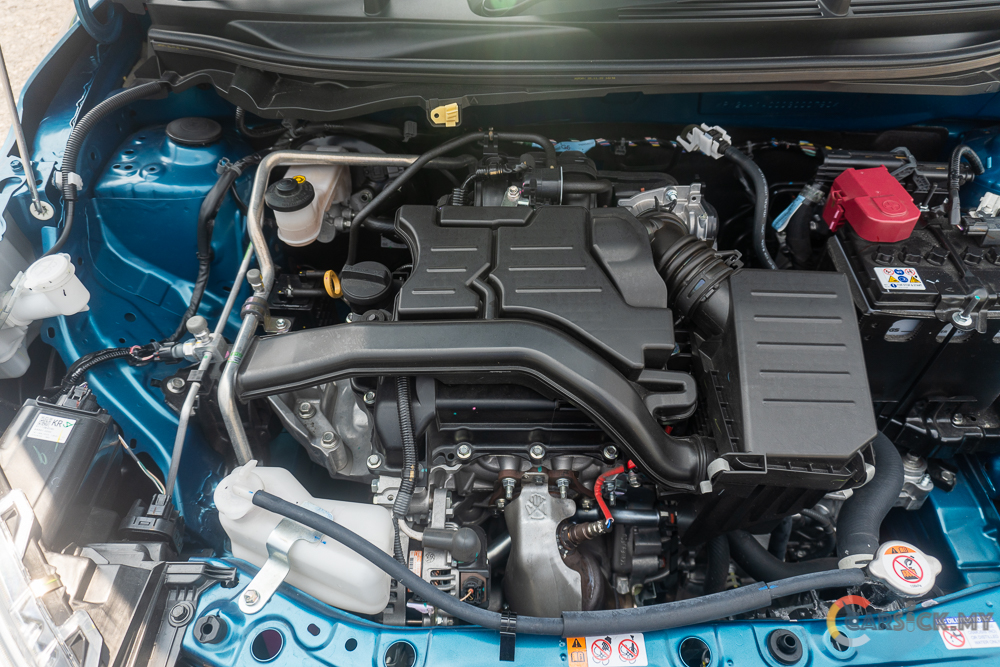
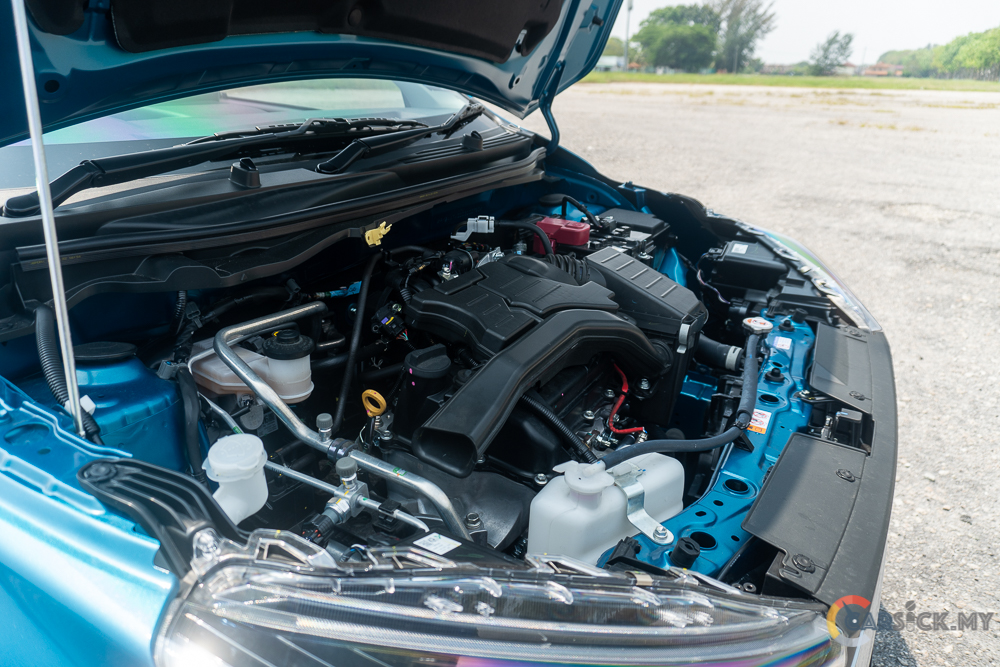
In terms of performance, one should not expect significant changes compared to the previous generation Axia. The engine maintains a similar characteristic, delivering a satisfactory experience when driving below 110 km/h. The new Axia’s improved NVH levels are particularly noticeable in this range. However, once the car surpasses 110 km/h or encounters hard acceleration, the engine becomes noticeably rough, with intrusive noise permeating the cabin. Fortunately, the engine has consistently demonstrated high efficiency, even in the previous generation Axia. With the new CVT, the fuel economy has improved further compared to the previous 4-speed automatic transmission. During my review, I effortlessly achieved an average fuel consumption figure of 5.6L/100km.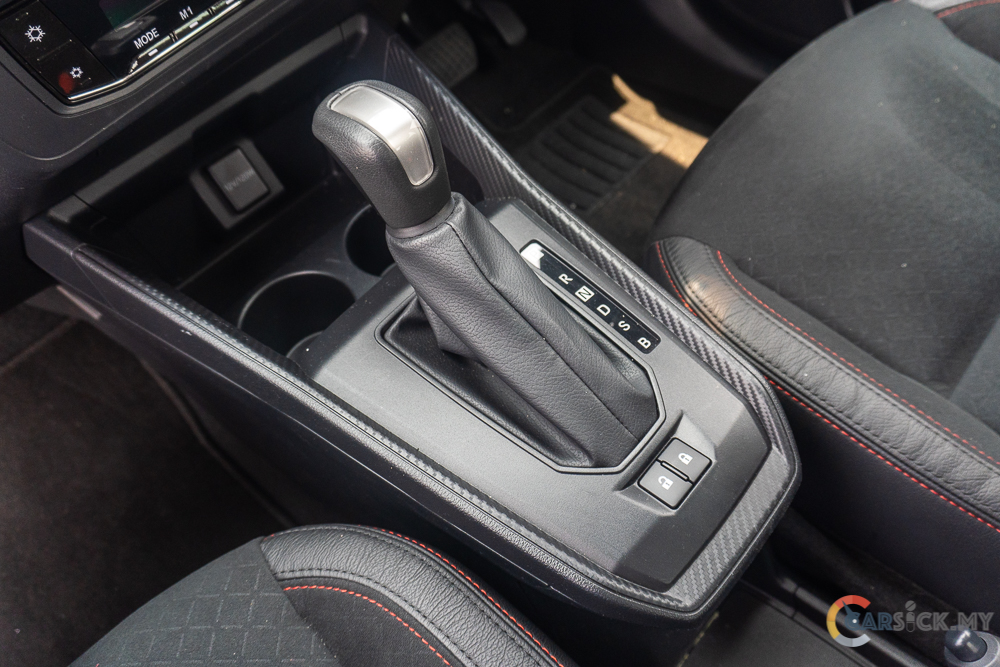
Apart from the NVH improvements, the new platform has also enhanced the Axia’s ride and handling. The longer wheelbase contributes to a more stable feel, resulting in improved stability and absorption of bumps on the road. However, similar to the engine, these characteristics are most apparent when the vehicle operates below 110 km/h. Beyond that speed, the ride can become somewhat harsh. While the stability has significantly improved for highway cruising, there are instances where the wind may exert slight force on the car when traveling at or above the national speed limit.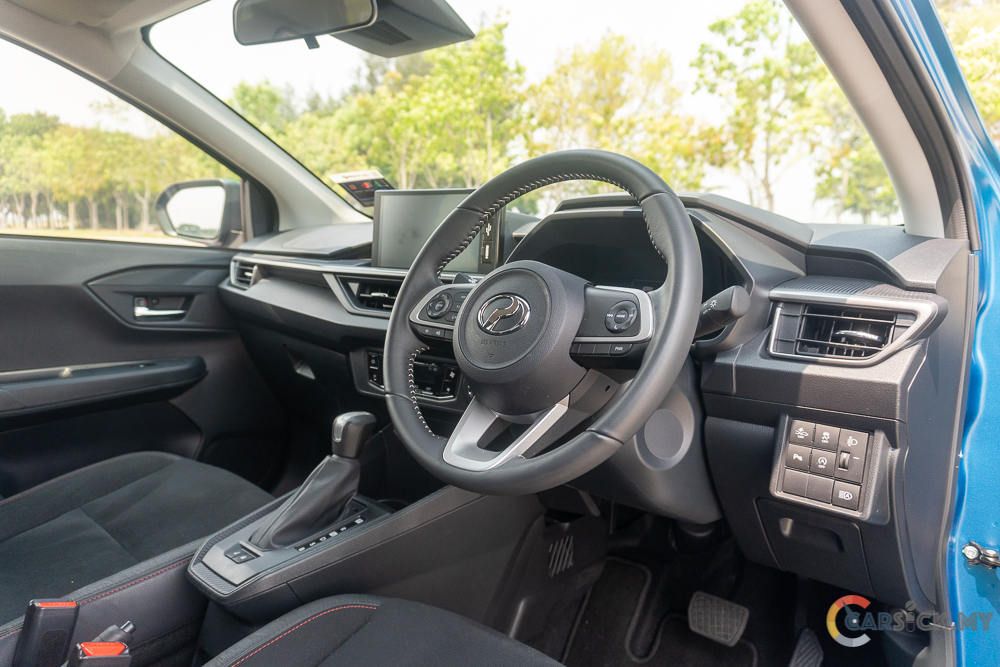
Regarding handling, the first thing I noticed about the new Axia is the smoothness of the steering wheel. It feels more refined and responsive compared to its predecessor. The steering wheel’s increased directness instills confidence in the driver, allowing for more spirited cornering. However, it is essential to adhere to speed limits to fully appreciate the car’s handling capabilities. Within its limits, the Axia proves to be quite enjoyable to drive on city streets. It still exhibits some body roll, so drivers should remain cautious in that regard.
In terms of braking performance, the Axia demonstrates sufficient stopping power relative to its size. Equipped with a combination of disc and drum brakes, the vehicle’s braking system exhibits a noticeable front bias, indicating that the front brakes handle the majority of the deceleration.
With the introduction of the new generation Axia, significant enhancements have been made to its safety and driver assistance systems. Perodua’s collaboration with Daihatsu has proven beneficial, resulting in a comprehensive array of driver assistance features for the Axia. However, it falls short of the Myvi in terms of completeness, which is intentional as Perodua aims to maintain a distinction between the Axia and the Myvi.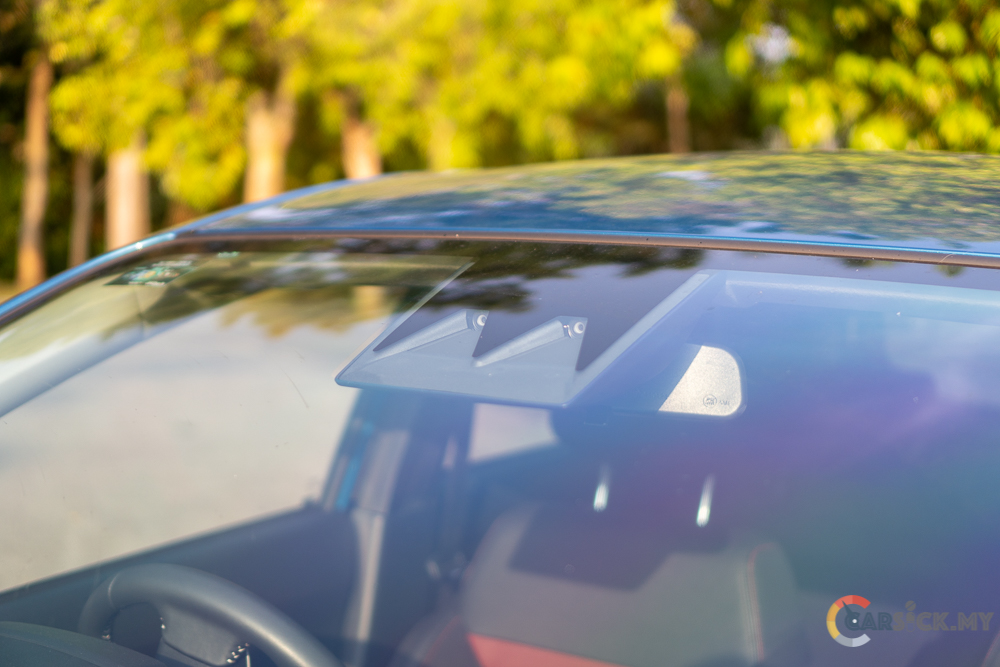
Here is a list of the safety and driver assistance systems available in the Axia: 6 airbags, Antilock Braking System (ABS), Electronic Brake-force Distributor (EBD), Brake Assist (BA), Vehicle Stability Control (VSC), Traction Control (TRC), Emergency Stop Signal (ESS), and Hill-start Assist (HSA). Additionally, the Axia offers several driver assistance systems, including Pre-Collision Warning, Pre-Collision Braking, Pedal Misoperation Control, Front Departure Alert, Lane Departure Warning (LDW), Lane Departure Prevention (LDP), Blind Spot Monitor (BSM), Rear Cross Traffic Alert (RCTA), and Auto High Beam (AHB). 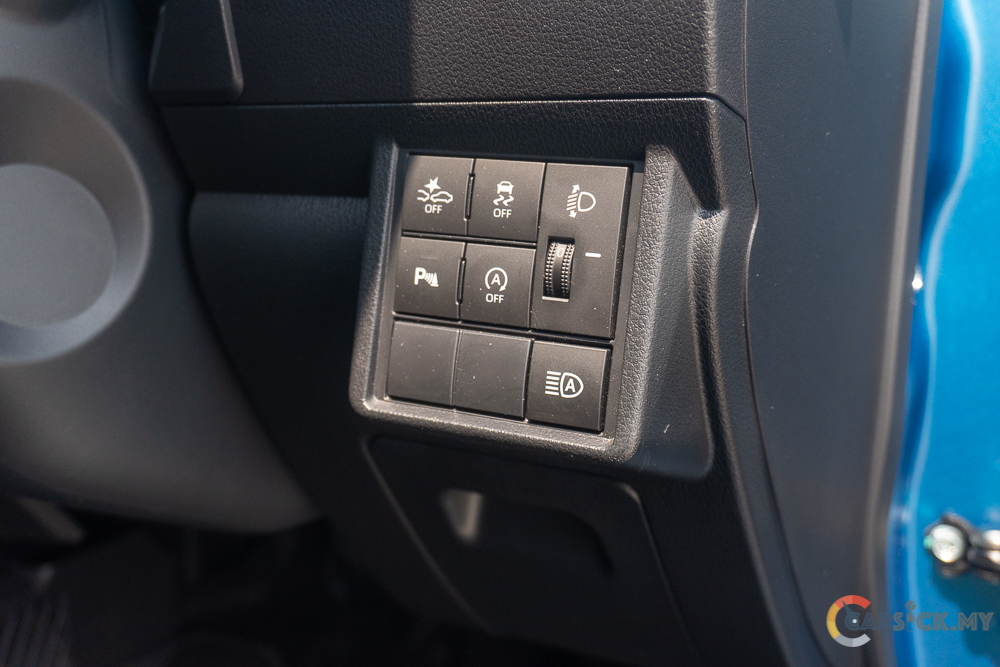

Priced at RM 49,500, the new Axia is noticeably more expensive than its predecessor. However, this increase is attributed to rising material costs and inflation. In my opinion, the price is justified considering the significantly improved drivability and safety features. While the new Axia offers many advancements, as a Kia Picanto owner, I believe the driving dynamics still need further improvement to match the Picanto’s performance.
Check out full photo album here. 